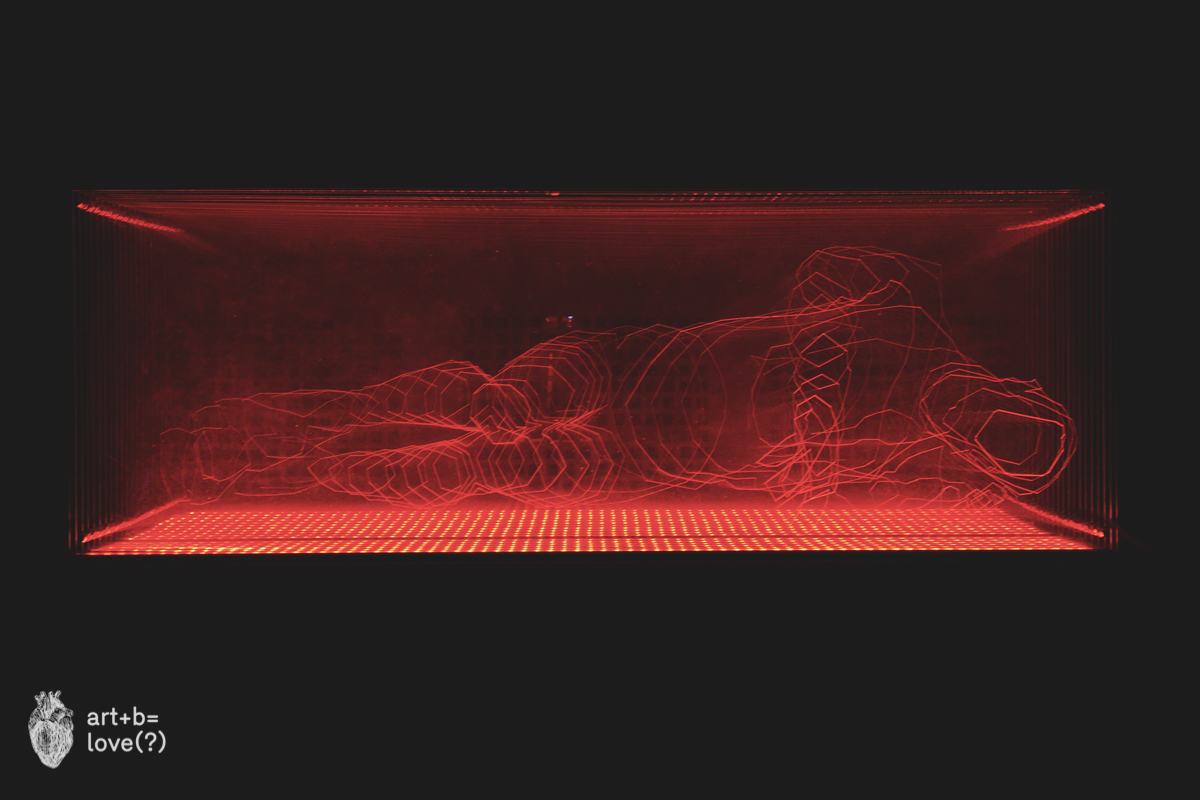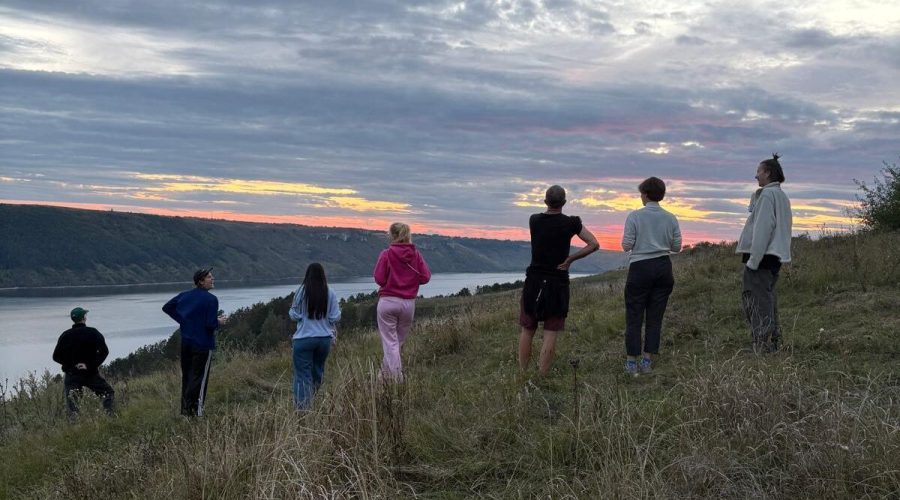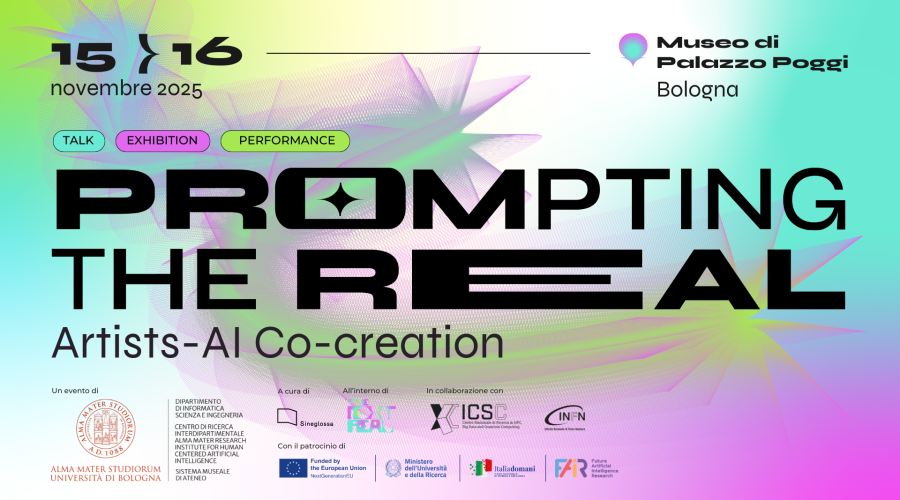Article appeared online at Exibart on January 22, 2020, written by Leonardo Regano
Bologna marks the fourth stage of the DATAPOIESIS project, which chooses the great showcase of Art City and Art Week to enrich itself and count on new and important synergies. We talk about it with Federico Bomba, director of the art+b=love(?) on tour festival, in whose framework this project, promoted by Sineglossa, was born.
How did the DATAPOIESIS project come about?
“This is a project, supported by Compagnia di San Paolo, whose lucid vision starts with AOS, the artscience duo composed of Salvatore Iaconesi and Oriana Persico. Datapoiesis experiments with a model of producing objects that are not only technological artifacts, but also cultural and existential ones, capable of understanding human beings and creating new opportunities for social imagination. Datapoiesis shows a way to allow anyone, through the physical experience of data-connected objects-mobile, gadgets, wearable devices-access to the interpretation of the data itself, incentivizing a publicly shared construction of meaning, in dialogic antithesis to that unidirectionally imposed by big tech companies. A project of this nature-in which the boundaries between art, design, anthropology and science are proudly blurred-is effective only if it is sustainable. That’s why Plusvalue, a British partner company, is trying its hand at creating a business model that takes into account the whole complex portfolio of values and turns them into numbers.”
What value does the city of Bologna add to your research?
“Bologna is the city in Italy that has most structured its identity on the quality of services, opportunities for the most fragile and welcoming of differences. Therefore, we decided to decline Datapoiesis on the theme of welfare, thanks to the valuable collaboration of Maison Ventidue. To do so, we had no choice but to involve institutions, businesses and nonprofits, whose dialogue is indispensable for producing social cohesion and widespread well-being. With Piazza Grande, we have created a datapoietic itinerary of “Gira La Cartolina,” a tour of Bologna through the eyes of the homeless, which will lead us from Piazza Maggiore to the entrance of the Former Church of San Pietro Martire, the city’s newest and most fascinating exhibition space. Inside will be exhibited “Objective,” the first datapoietic light installation, already acquired by the permanent collection of the Farnesina and exceptionally proposed for Artcity. There are some issues that are not immediate, including those on data and artificial intelligence. This is why we felt it was important to propose a moment of in-depth discussion, which we organized in collaboration with Kilowatt. This is the panel The Datapoiesis in Cities – Bologna, Data and Urban Welfare., in which, in addition to hearing from the artists about the genesis and evolutions of Datapoiesis, we will propose an analysis of the first experiments on data art and welfare active in the city, thanks to the collaboration with the Department of Architecture of the University of Bologna, and we will trace a possible Italian trajectory with Davide Agazzi, a deep connoisseur of national social innovation experiences.”
How important is the relationship between art and social engagement today?
“Mine is a rather radical position, but also one of common sense and without any claim to exhaustiveness of the topic. I do not believe that there can be art that is not socially engaged. Art brings people together, makes people talk, produces visions and, at best, triggers controversy: sometimes it is the artists themselves who design devices that facilitate the relationship with the public, and sometimes it is the collaboration that the artist establishes with curators or patrons that enables this. This does not mean that works necessarily have to be interactive: a well-contextualized painting can trigger as many reactions and turn into shared content. Certainly digital has for years now offered a range of opportunities worth investigating, and thanks to artists we have the chance to put our attention on issues that technology companies do not build their business on. In this way artists play a socially essential role and it is common sense to think that, for this important work for the benefit of communities, they should be recognized and put in a position, including economically, to create.”
What will be the next stage of DATAPOIESIS?
“Art City concludes its first year of life, in which, from the endless google documents shared among partners, we moved on to the creation of the first physical prototype and the implementation of a fall school that saw about thirty students and professionals in art, design, computer science, and economics working together to produce the identity, the ecosystem of objects and services, and the business model of the first datapoietic enterprise. Ivrea, a city in which ICONA srl, a consortium inspired by the Olivettian economic model, has chosen Ivrea as its birthplace to repurchase Camillo Olivetti’s Red Brick Factory and return it to the center of industrial innovation linked to social responsibility. A symbolic place in which to envision a made in Italy of data that makes us sensitive to global phenomena.”



